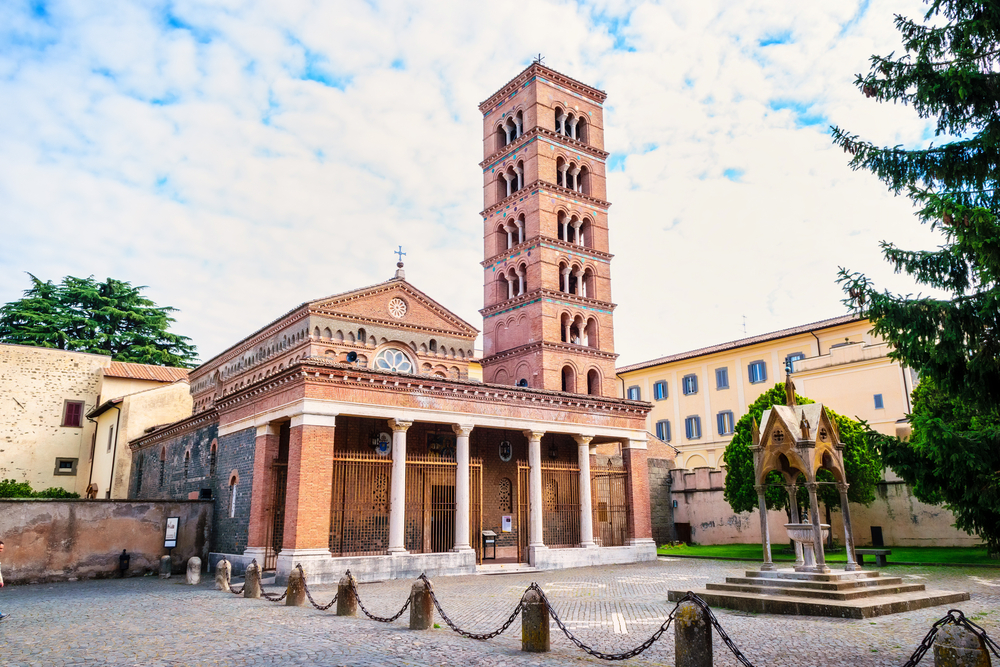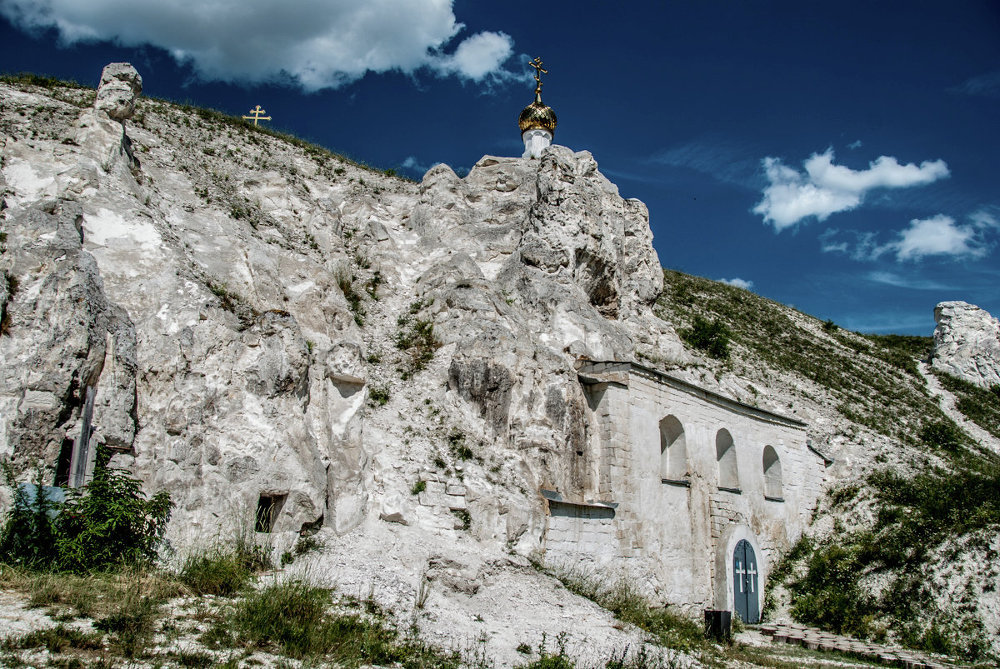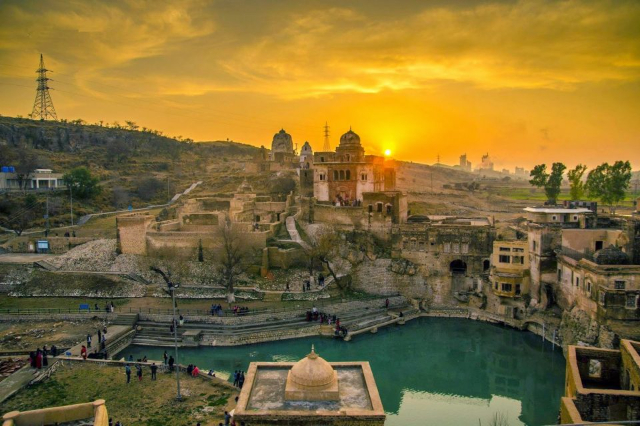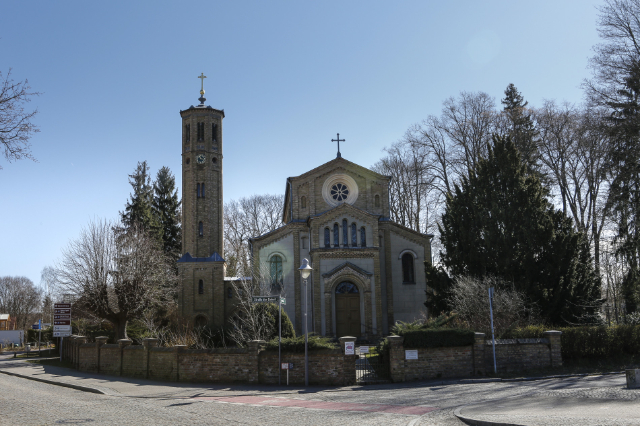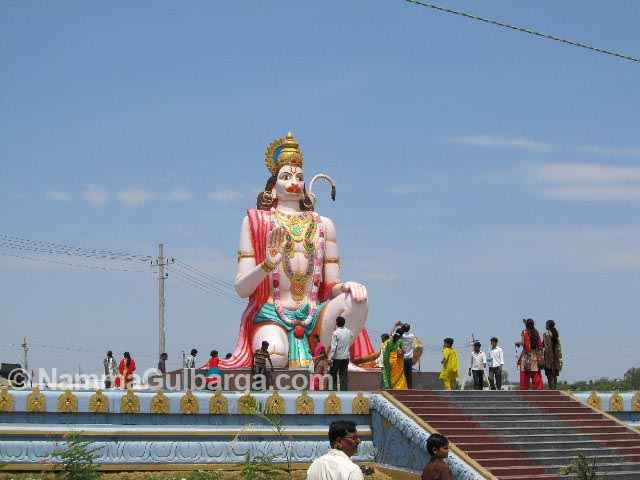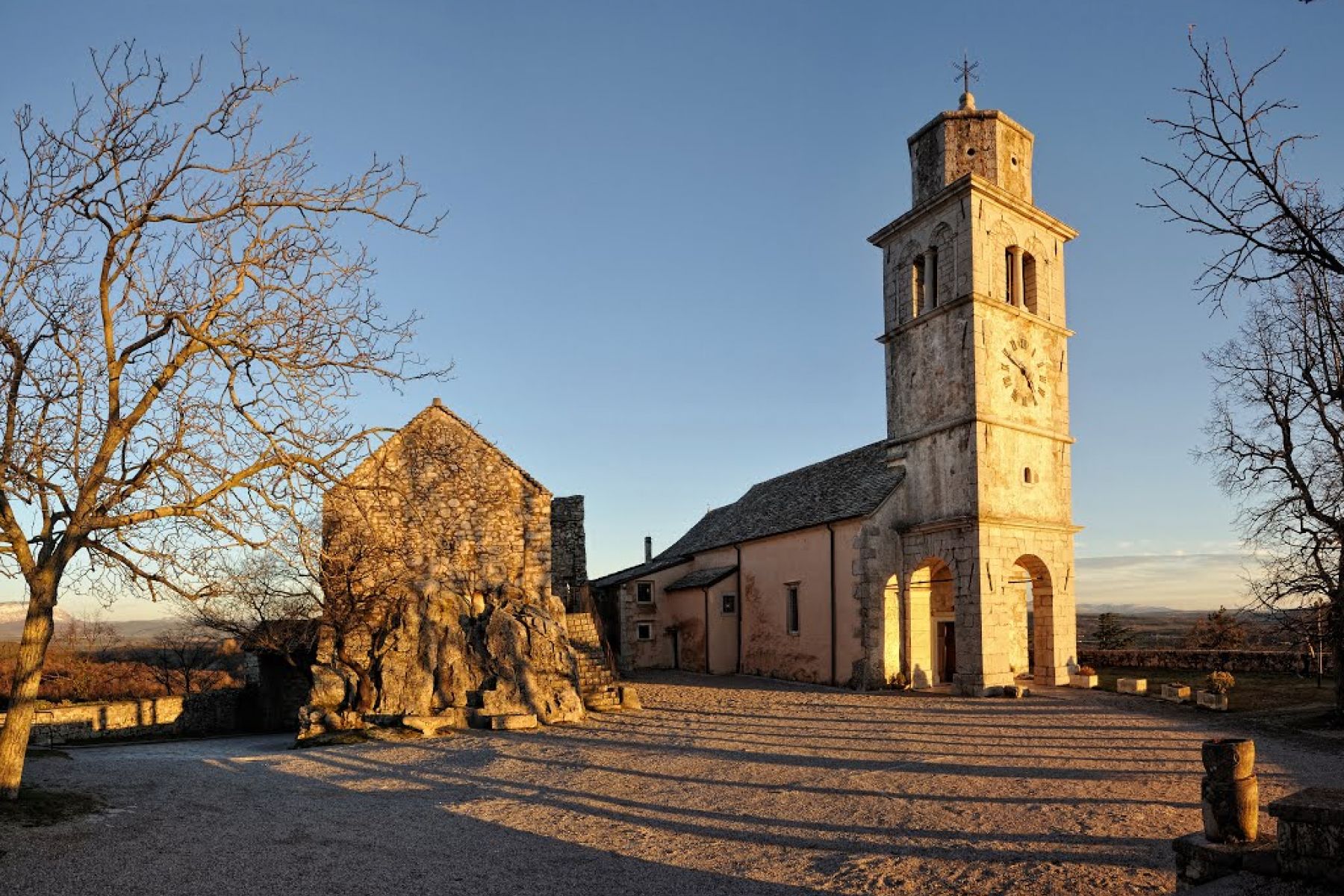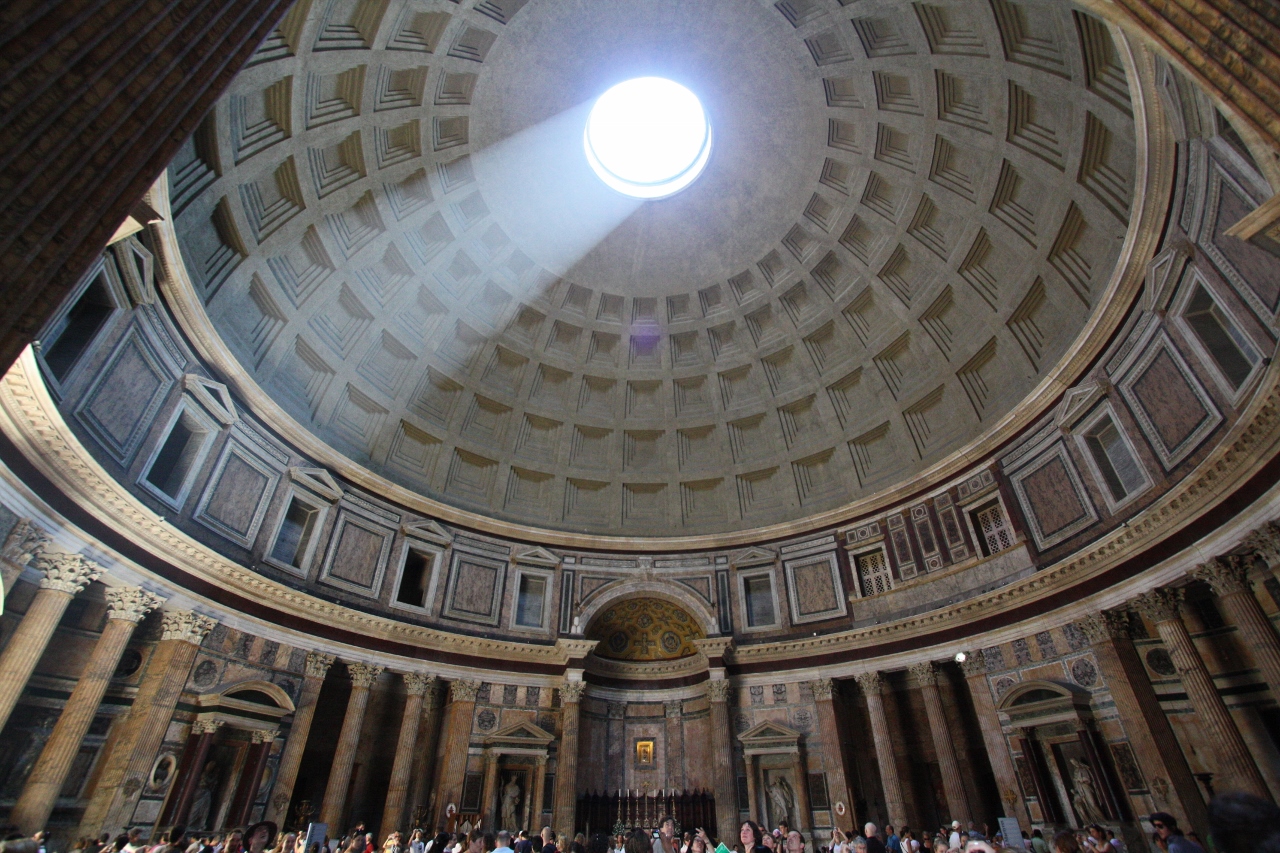A few kilometers from Rome, in the heart of the Castelli Romani, stands the Monastery of Santa Maria di Grottaferrata, better known as the Monastery of San Nilo, founded in 1004. St. Nilus and his monks brought to Grottaferrata the Byzantine-Greek rite, in its Italic variant, which is still preserved. The abbey is one of the three ecclesiastical circumscriptions of the Byzantine Catholic Church in Italy.
Inside this splendid Renaissance fortification are kept centuries of history, important works of art and a library that preserves manuscripts unique in the world. The splendour of the oriental liturgical vestments makes these rites even more evocative. Even the shape of the Church recalls the churches of the East.
According to tradition, on the ruins of a large Roman villa, perhaps belonging to Cicero, on the Tuscolani hills, Saints Nilus and Bartholomew saw Our Lady appear, asking for the building of a Sanctuary dedicated to Her. On the site, the monks began to build the first nucleus of the Monastery, using the material of the ancient Roman villa. The construction of the Church and the Monastery occupied the monks for twenty years. In 1024 the sanctuary was completed, and on 17th December of the same year it was solemnly consecrated by Pope John XIX and dedicated to the Mother of God. In the course of time the monastery became an important centre of culture thanks to the work of the ‘scriptores’ who, following the example of St. Nilus, an expert amanuensis, prepared the codices partly preserved in the library.
The façade of the Basilica of Santa Maria di Grottaferrata has been restored to its original form, with a rose window and windows in pierced marble, Gothic-style blind arches and brick cornices, which continue the decoration of the sides. The atrium with travertine columns and vestibule, rebuilt in their original form in 1930. The portal of the Basilica, called ‘speciosa’ for the rich decoration of the jambs, in marble bas-relief with inlaid stones and glass paste. The mosaic above, in Byzantine style of the XI century, represents the ‘Dèisis’, that is the intercession. The interior of the church, originally in Romanesque style, was transformed in 1754. The floor is in polychrome marble, in opus sectile according to the cosmatesque style of the 13th century. The monks’ choir is characterised by valuable inlaid stalls; it was given its present appearance in 1901. The triumphal arch, which divides the nave from the presbytery, reserved for the monks, is decorated with a medieval mosaic (12th century) representing Pentecost. Part of the cycle of medieval frescoes (12th-13th century): it represents the Trinity inside the ‘mystic mandorla’. In the presbytery, the Iconostasis, a wall that hides the altar from the rest of the Church, symbolizes the need for liturgical mediation; its three doors are opened during the rites. The project is by Bernini, the execution by Giorgetti.
